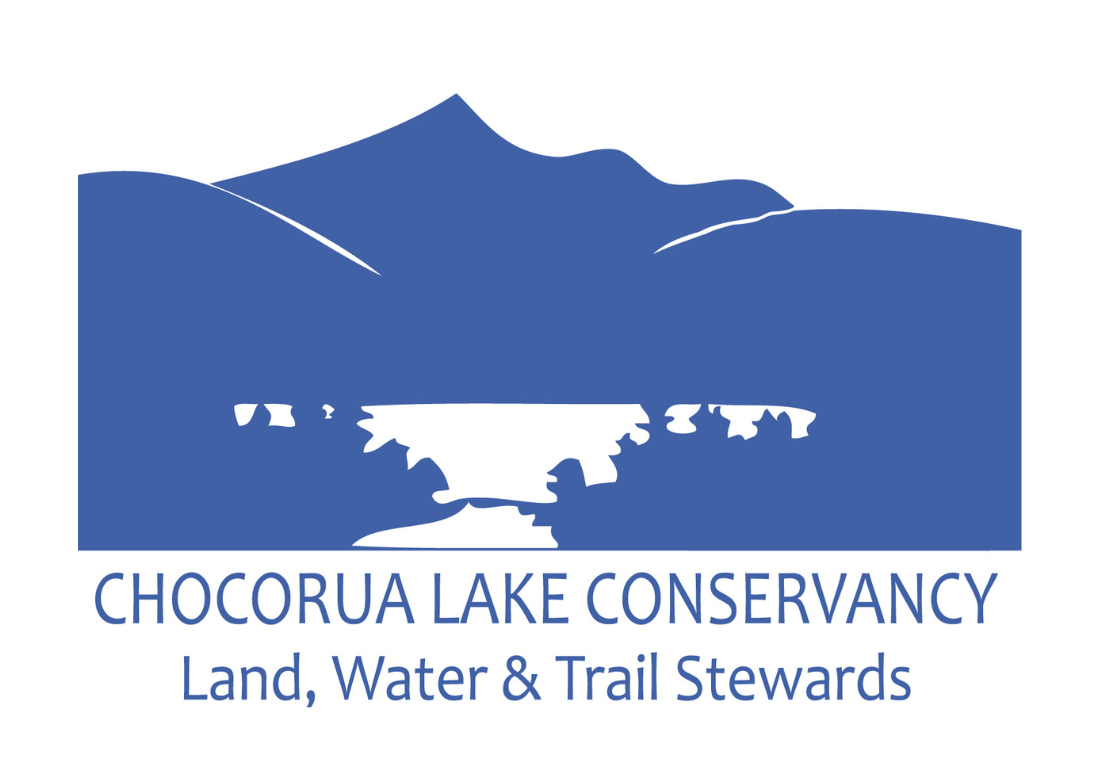When we were painting the Chocorua Lake Crankie last year, David Little turned up and said the crankie had to have a “No Skinny Dippin’” sign, just as it’s painted, bulls-eye and all. When people asked why, he explained to us that the the extensive conservation of land around the lake owes everything to a fateful August day in 1876…
True Stories from the Crankie: No Skinny Dippin’!
by David Little
On Sunday, August 6th 1876, Tamworth woke up hot. The sun rose at 4:30 AM, just as the full moon was setting. A group of young men traveled by wagon from Albany to Tamworth, where they had work haying. Included in the party were Charles, Chester, and Paul Williams, along with Sam and John Head. They finished up around 9:00 AM, and headed back to Albany. As they approached the lake, the boys proposed going bathing. Paul Williams stopped the wagon at the east end of the Narrows Bridge. While the others took off their clothes to go in the lake, Paul was left tending the horse. The water must have felt like heaven, but they were not to enjoy it for long. Sylvester Cone had spotted them.
In 1865 Cone had purchased a cottage on the shore of Chocorua Lake and 100 acres of land, including the Narrows and the Grove. He called the place Lakeside Farm, and set out to be an innkeeper for summer tourists. In 1875 he married Anna White Cone, his first cousin, who was twenty-four years his junior. Their son Ralph was born the following year. Sylvester Cone was a difficult character. He was intelligent, and could impress with the manners and conversation of a gentleman. But he had a disagreeable temper, was unpopular, and distrusted by his neighbors.
When Sylvester Cone saw the young men skinny dipping, he came out of his house to confront them. Words were exchanged, not for the first time on the subject of skinny dipping. Paul Williams said he had the right to be on the road, and they would leave when the others were done swimming. When the young men refused to leave right away, Cone went back to the house to get his shotgun. Anna put her hand on the gun, and cautioned him: “Don’t fire.” Cone returned to within fifty feet of the bridge, more words were exchanged, and Cone shot Paul Williams, killing him instantly.
Cone ran back to the house, barricaded the doors, and hid himself in the garret. John Head was the first to reach Paul William’s body, tried to lift up his head, and found him lifeless. He took the horse, and rode to the Iron Works, seeking help. He arrived as the church bell was ringing, calling the Baptists to hear Rev. John Runnells preach. John Head came into the church, and said, ‘‘Cone has killed Paul Williams.” All the able-bodied men started at once for the Narrows. Anna Cone at first refused to open the door, saying Cone was not there. Eventually Selectman Jonathan Nickerson talked Sylvester Cone into surrendering. The mob called for lynching him. Newspapers reported the Baptists proposed drowning. Fortunately, the better minded men prevailed. Cone was held until Sheriff John Demeritt arrived with a writ for his arrest.
Sylvester Cone was tried for murder. The jury found him guilty of the reduced charge of manslaughter. He was sentenced to thirty years of hard labor at the State Prison. After serving 17 years, Cone was pardoned by the Governor and Council. He remained unrepentant, still claiming he was wronged, that he never should have been imprisoned.
During the trial, Cone mortgaged his property twice. Once imprisoned, he defaulted. Before it was auctioned, Anna, his divorced wife, petitioned for a homestead right for herself and their son Ralph. She was awarded the house and one-quarter acre of curtilage. On April 23, 1879, Charles Pickering Bowditch and Henshaw Bates Walley purchased the Cone property They went on to acquire almost 85% of the lakeshore, and by the late 19th century were pioneers in the conservation movement.
Central to the Cone case is the unresolved conflict between two competing legal principles. The State of New Hampshire holds all navigable waters, for the public’s benefit, for any “lawful and useful purpose.” At the same time exists the exclusive use of one’s property, and protection against those who would seek to use it without the owner's permission. Where shorefront is private property, you still have a right to go swimming, but “you can’t get there from here.”
Fortunately, CLC has finessed this problem, through its guiding principle of providing public access. The peaceful nature of the lake is preserved by avoiding conflict with others who may wish to enjoy it.
Finally, in New Hampshire there actually is no law against skinny dipping. The closest we have is NH RSA 546:I, which includes a prohibition on “any other act of gross lewdness under circumstances which he or she should know will likely cause affront or alarm.” Meaning: “Swimmer Discretion Is Advised.”

